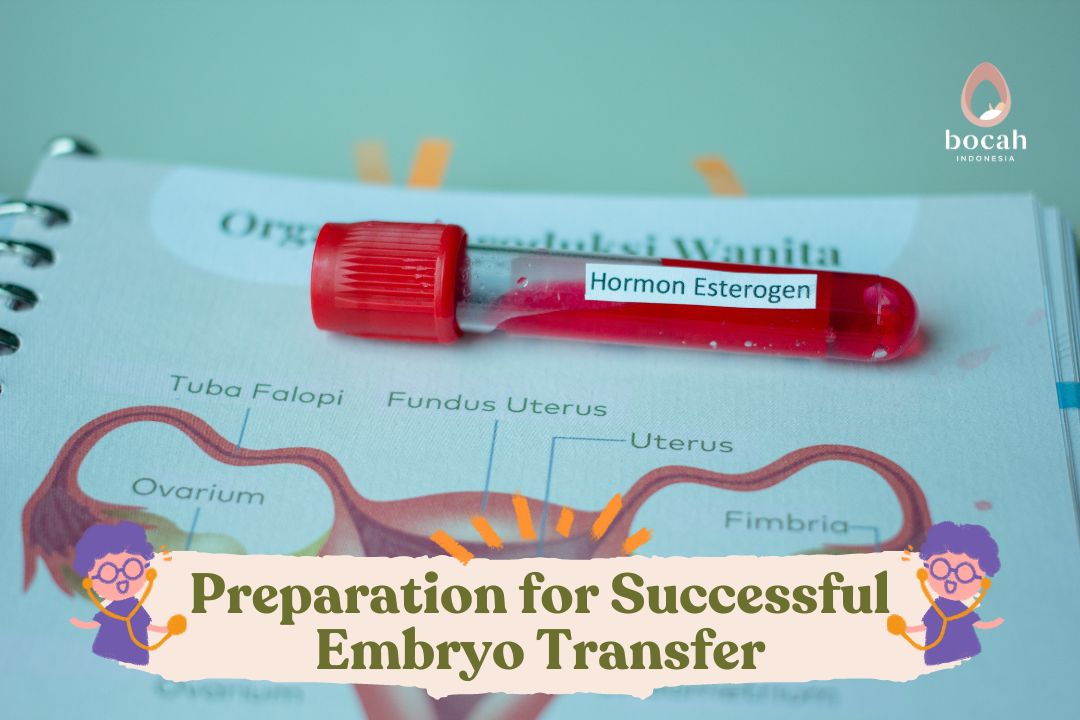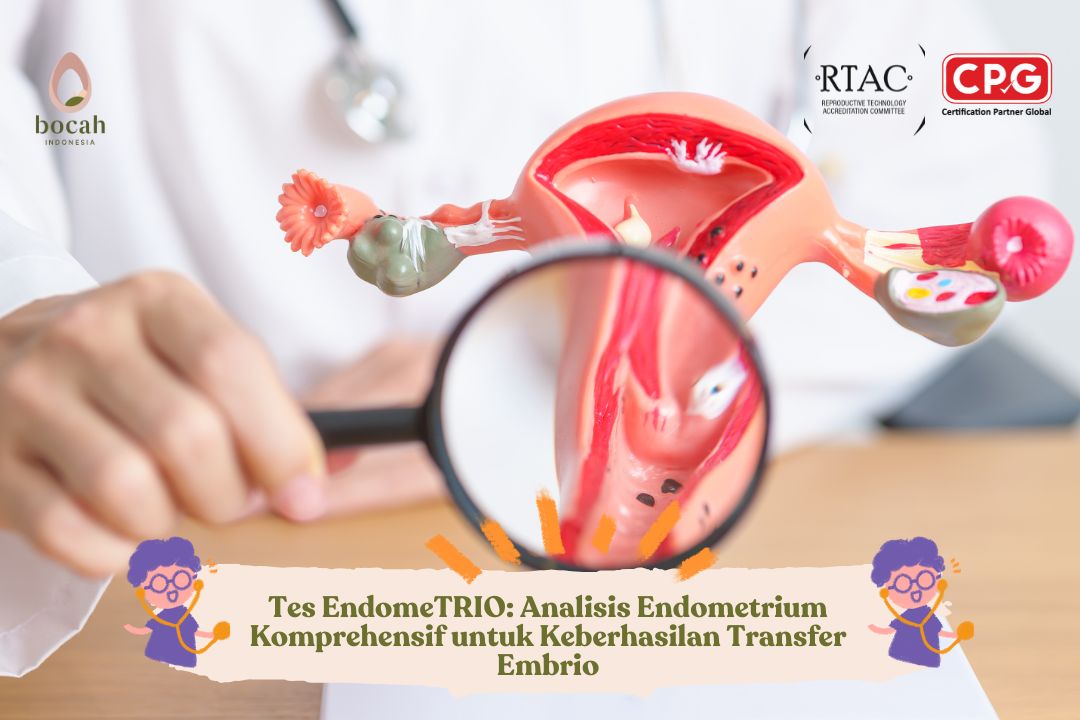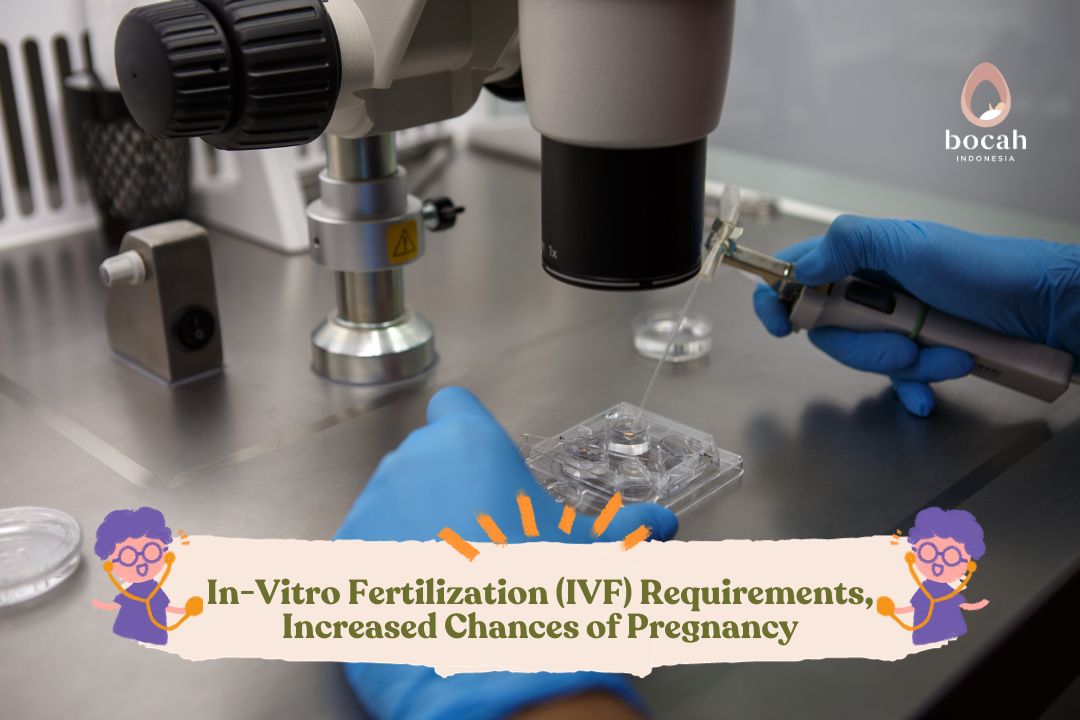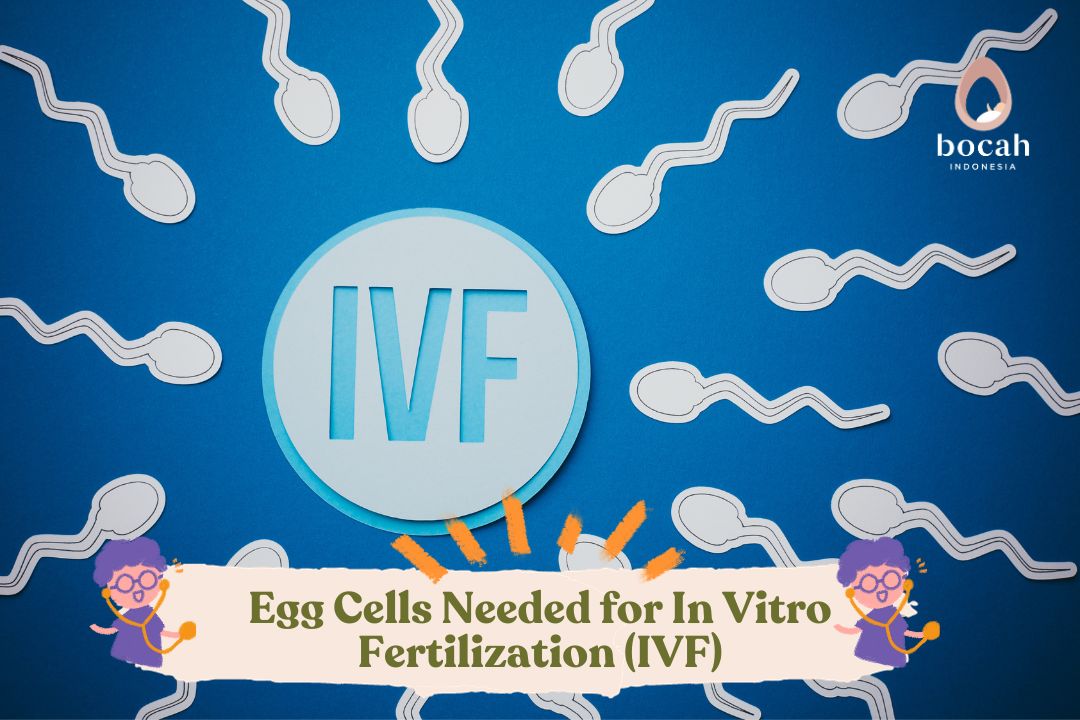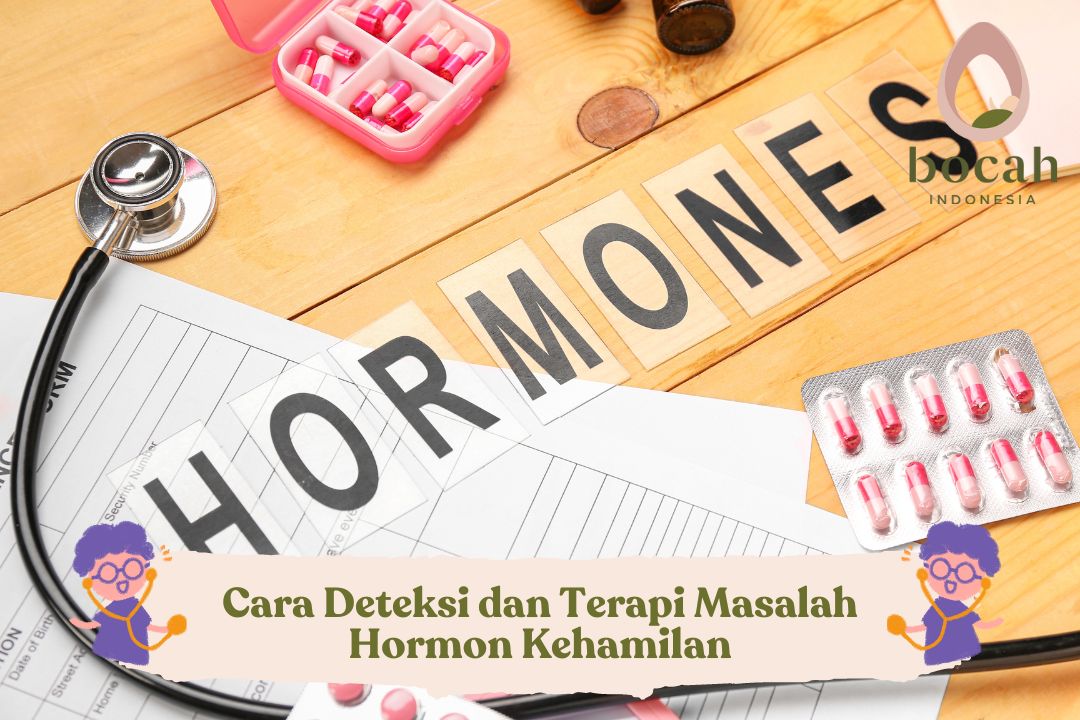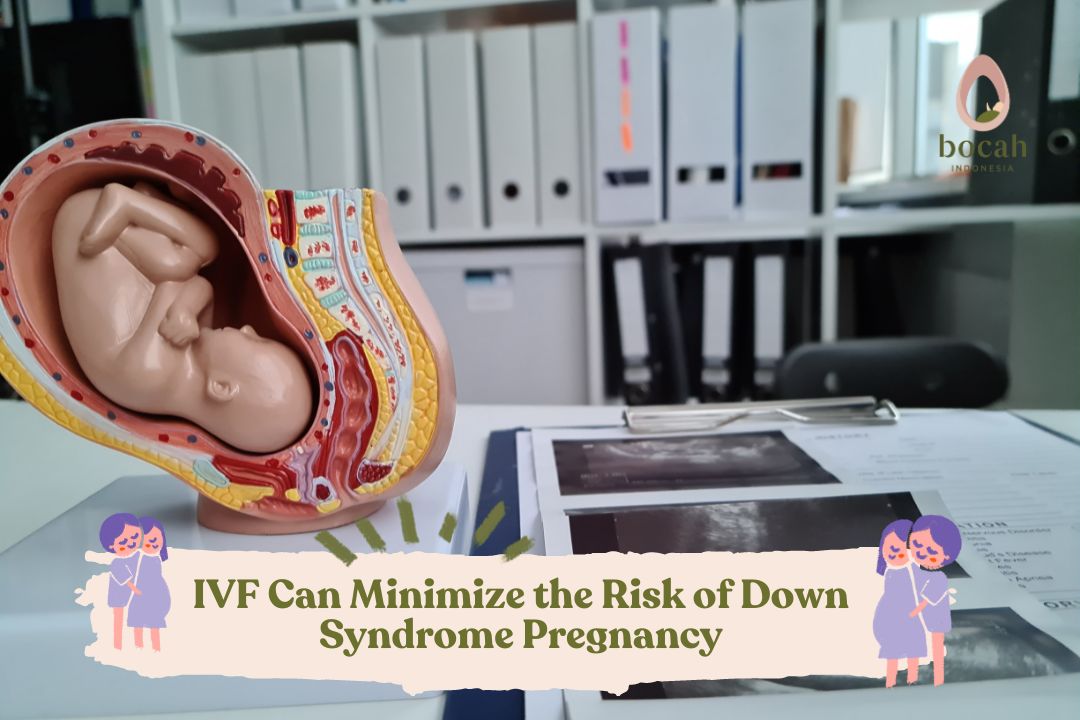Understand the Pre-ovulatory Phase for a Successful Pregnancy Program
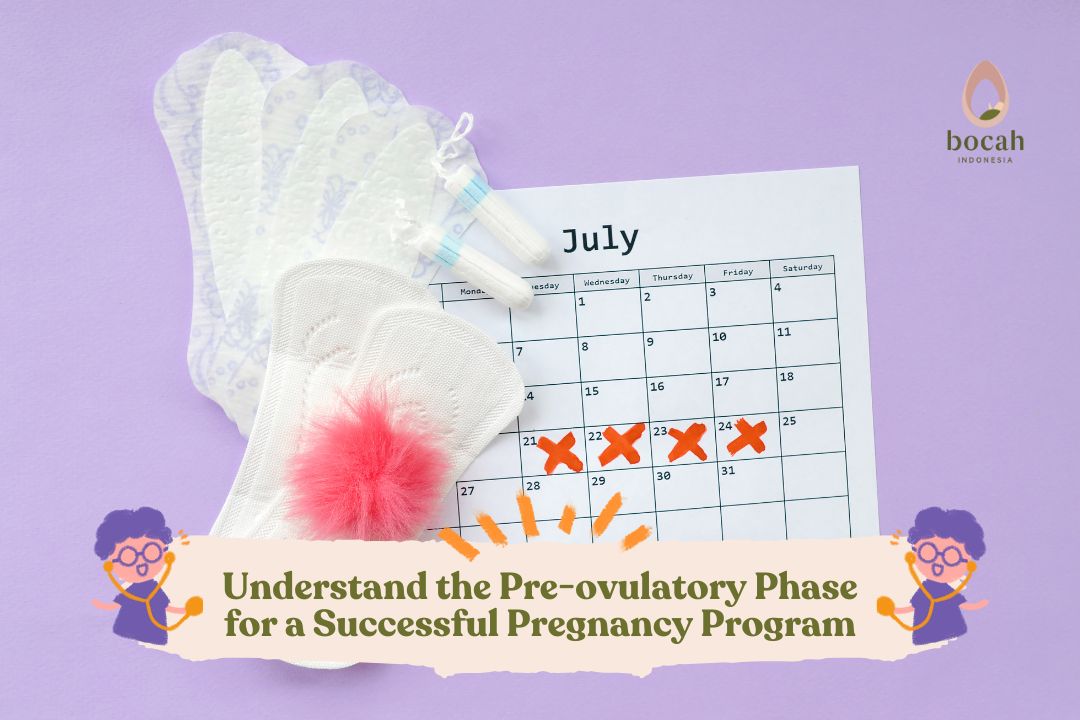
The pre-ovulatory phase is an important stage in the reproductive process because it determines when the egg is ready to be fertilized by sperm. The pre-ovulatory phase is the initial phase of the menstrual cycle when a woman’s body is preparing to release a mature egg from the ovary.
Understanding the pre-ovulatory phase is crucial because it helps women identify their fertile window, which is the best time to engage in intercourse to increase the chances of pregnancy.
By paying attention to signs and changes in the body during the pre-ovulatory phase, women can take advantage of the opportunity to plan their pregnancy effectively. Check out the right timing for intimacy here
Explanation of the Pre-ovulatory and Ovulatory Phases
During the pre-ovulatory phase, a woman’s body prepares for the possibility of pregnancy. Here is a more detailed explanation of the processes that occur:
1. Thickening of the Uterine Lining
After menstruation, the uterine lining (endometrium) that previously shed begins to thicken again. This is due to the increase in estrogen produced by the developing follicles in the ovaries. The thickened endometrium functions as a comfortable place for a fertilized egg to implant and develop into a fetus.
Tanya Mincah tentang Promil?
2. Follicle Development in the Ovaries
During the pre-ovulatory phase, several follicles in the ovaries begin to grow and develop. The Follicle Stimulating Hormone (FSH) from the pituitary gland aids in this process. Of the several developing follicles, usually, only one dominant follicle will continue to grow and reach maturity.
3. Preparation for Ovulation
When the dominant follicle matures, estrogen levels in the body increase. This rise in estrogen provides positive feedback to the pituitary gland, which then releases a surge of luteinizing hormone (LH). This LH surge is the main trigger for ovulation.
4. Ovulatory Phase
Ovulation is a crucial moment in the menstrual cycle and occurs around the middle of the cycle, about 12-16 days before the next menstrual period. Here is a more detailed explanation of the processes that occur:
- Release of the Egg
The LH surge causes the dominant follicle in the ovary to rupture and release a mature egg. This process is known as ovulation. The released egg then moves toward the fallopian tube.
- Movement of the Egg to the Uterus
After release, the egg begins to move through the fallopian tube towards the uterus. This journey is aided by the movement of cilia within the fallopian tube. The egg can survive and is ready to be fertilized by sperm for about 12-24 hours after ovulation.
- Opportunity for Fertilization
If sperm is present in the fallopian tube during this time, the egg is likely to be fertilized. Sperm can survive in a woman’s body for several days, so intercourse that occurs in the days leading up to ovulation can also maximize the chances of fertilization.
- After Ovulation
If the egg is fertilized, it will continue to move toward the uterus and implant itself in the thickened endometrium to begin the pregnancy process. If fertilization does not occur, the egg will disintegrate and exit the body along with the shedding endometrial lining, known as menstruation.
The Right Time for Intimacy
To increase the chances of a successful pregnancy program, it is essential for couples to have intercourse at the right time. The ovulation period is the best time for intimacy because it is when the egg is released and ready to be fertilized by sperm.
Here is an explanation of when couples should optimize the timing of intimacy during the menstrual cycle:
1. Fertile Window and Ovulation
The fertile window is the period in the menstrual cycle when the chances of pregnancy are highest. This phase includes the five days leading up to ovulation and the day of ovulation itself. This is because sperm can survive in a woman’s body for 3-5 days, while the egg can only survive for 12-24 hours after it is released.
For women with a regular menstrual cycle (around 28 days), the fertile window usually begins around day 10 and lasts until day 16 of their cycle. Ovulation typically occurs about 14 days before the next menstrual period. So, if a woman’s cycle is 28 days, ovulation likely occurs on day 14.
2. Variability in Ovulation
It’s important to remember that each woman’s menstrual cycle is different. Women with cycles longer or shorter than 28 days may ovulate earlier or later.
Additionally, irregular menstrual cycles can make predicting ovulation more challenging. In such cases, using other methods to detect ovulation, such as ovulation tests or monitoring basal body temperature, can be very helpful.
3. Signs of Ovulation
To know that you have entered your fertile window or ovulation phase, here are some signs to look for:
- Changes in Cervical Mucus
You may notice that your cervical mucus becomes clearer, slippery, and more elastic (similar to egg whites) during the fertile window. Cervical mucus helps sperm swim more easily through the cervix to reach the egg.
- Basal Body Temperature
Basal body temperature slightly increases after ovulation. Measuring your temperature every morning before getting out of bed can help you determine when ovulation has occurred, though it is more useful for monitoring your cycle after a few months of tracking.
- Ovulation Pain
Some women feel a mild pain on one side of the lower abdomen during ovulation, known as mittelschmerz. If you experience similar pain before menstruation, it could be a sign that your fertile period has arrived.
Intimacy Strategy During Pregnancy Program
To increase the chances of pregnancy, it is recommended to have intercourse every two to three days during the fertile window. This ensures that there is always healthy sperm in the reproductive tract when ovulation occurs.
Focus on having intercourse a few days before ovulation and on the day of ovulation itself. Since sperm can survive up to 5 days, having intercourse from day 10 to day 16 of the menstrual cycle (for a 28-day cycle) can increase the chances of conception.
This explanation on the ovulation phase aims to help couples increase the chances of success in their pregnancy program. Additionally, maintaining overall health, consuming nutritious foods, and reducing stress are also very important to support fertility and a healthy pregnancy.
Source:
- Thiyagarajan, D.K., Basit, H., & Jeanmonod, R. NCBI Bookshelf (2021). Physiology, Menstrual Cycle.
- Bull, et al. (2019). Real-World Menstrual Cycle Characteristics of More Than 600,000 Menstrual Cycles. NPJ Digital Medicine, 2, pp. 83.
- Watson, S. Healthline (2018). Stages of the Menstrual Cycle.
- Knudtson, J. & McLaughlin, J.E. Merck Manual Consumer Version (2019). Menstrual Cycle.
- WebMD (2020). Getting Started on Getting Pregnant.
- WebMD (2018). Understanding Ovulation & Fertility: Facts to Help You Get Pregnant.
- Magnesium Deficiency, Does It Affect Fertility? - 12/12/2025
- How to Treat Infections of the Fallopian Tubes - 05/12/2025
- Is It True That You Should Space Out Intercourse to Achieve Pregnancy? - 24/11/2025


